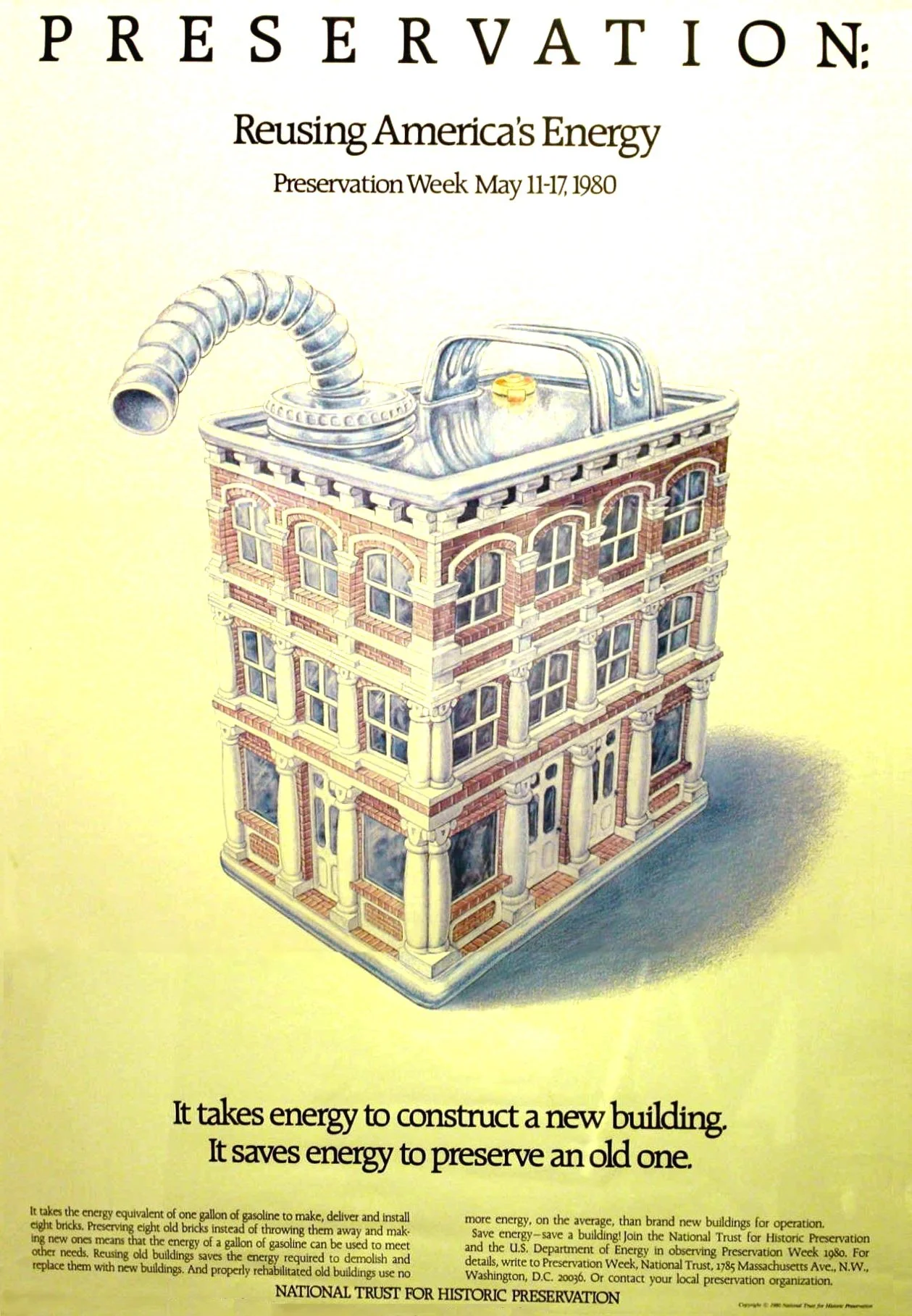After more than 6 years working my state's historic downtowns, I am resigning from the Oklahoma Main Street Program (OMSP). My time as the Main Street Architect with OMSP has been a life-changing opportunity where I have been able to serve and work alongside some of the best people that I have ever met.
It was a great blessing to find a meaningful, non-traditional path in the field of architecture. When I was hired, I did not comprehend the depth of the opportunity, but now I can share a few highlights:










